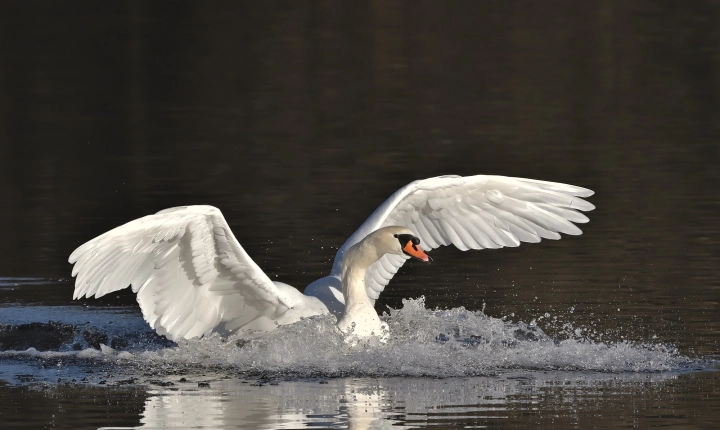Creating your own AI image generator is an exciting and rewarding project that allows you to explore the fascinating world of artificial intelligence and image processing. With the increasing availability of machine learning libraries and powerful hardware, it has become more accessible for individuals to develop their own AI solutions. In this article, we will explore the steps and tools needed to create your own AI image generator.
1. Understand the Basics of Image Generation and AI:
Before diving into the development process, it is crucial to have a good understanding of image generation and artificial intelligence. Image generation involves creating new images based on certain input parameters, while artificial intelligence enables the system to learn and improve its performance over time. Understanding these concepts will provide you with the necessary foundation to create your AI image generator.
2. Choose the Right Machine Learning Framework:
Selecting the appropriate machine learning framework is essential for building an AI image generator. Popular frameworks such as TensorFlow, PyTorch, and Keras provide a wide array of pre-built models and tools for image generation tasks. Each framework has its own strengths and learning curves, so it’s important to choose one that aligns with your project goals and your proficiency in using it.
3. Collect and Prepare the Training Data:
Training data is crucial for the success of your AI image generator. You will need a diverse set of images that your model can learn from. This can include any type of images, such as photos, drawings, or digital artwork. Additionally, you will need to label and preprocess the training data to ensure that the model can effectively learn from it.
4. Define the Model Architecture:
The architecture of your AI model will determine how it generates images. Depending on your specific goals, you may opt for a generative adversarial network (GAN), variational autoencoder (VAE), or other types of models that are well-suited for image generation tasks. Designing the architecture will involve creating layers, defining loss functions, and incorporating techniques such as upsampling, downsampling, and normalization.
5. Train the Model:
Training your model involves feeding it with the prepared training data and updating its parameters to improve its performance. This process can take a significant amount of time, depending on the complexity of your model and the size of your training dataset. It may also require powerful hardware, such as GPUs, to accelerate the training process.
6. Evaluate and Fine-Tune the Model:
Once the model has been trained, it is essential to evaluate its performance and fine-tune its parameters to achieve the desired results. This may involve testing the model on a separate validation dataset and adjusting various hyperparameters to optimize its performance.
7. Implement the Image Generation Pipeline:
After your model has been trained and fine-tuned, you will need to integrate it into an image generation pipeline. This can involve developing a user interface to input parameters, generating images based on those parameters, and providing options for users to save or manipulate the generated images.
8. Test and Iterate:
Testing your AI image generator is critical to ensure that it functions as intended and produces high-quality results. User feedback and testing different scenarios will allow you to identify areas for improvement and iterate on your model and pipeline.
In conclusion, creating your own AI image generator is a complex and rewarding endeavor that requires a solid understanding of machine learning, image processing, and software development. By following the steps outlined in this article and leveraging the right tools and resources, you can embark on a journey to develop your own AI image generator. Additionally, exploring online resources, forums, and tutorials can provide valuable insights and help overcome any challenges you may encounter along the way.
